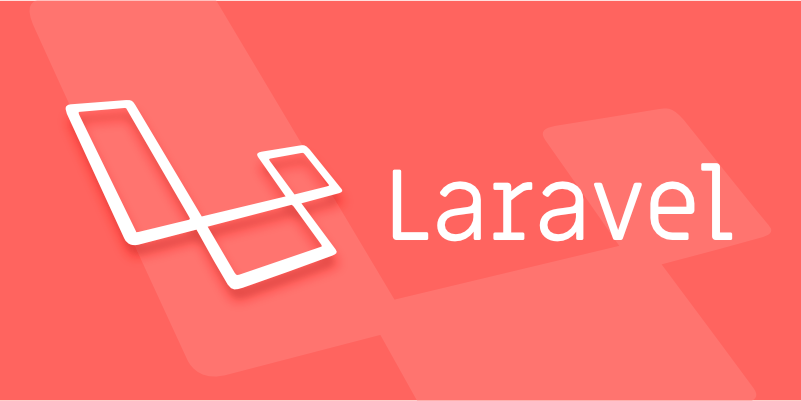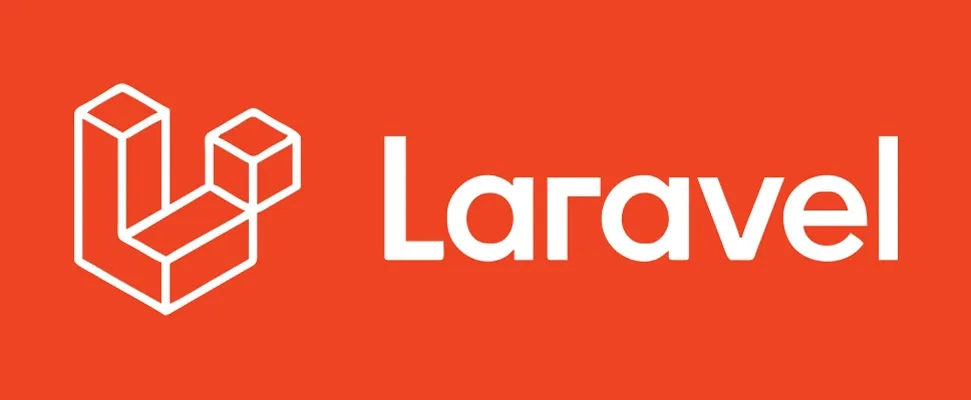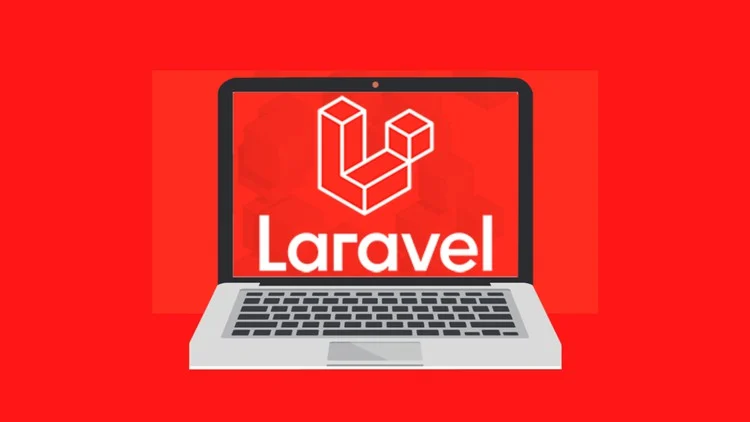Laravel custom authentication provider can meet complex user management needs by implementing the UserProvider interface and registering with the Auth service. 1. Understand the basics of Laravel's authentication mechanism. The provider is responsible for obtaining user information. Guard defines the verification method. EloquentUserProvider and SessionGuard are used by default. 2. Creating a custom User Provider requires the implementation of retrieveById, retrieveByCredentials, validateCredentials and other methods. For example, ApiKeyUserProvider can query users based on the API Key; 3. Register the provider to AuthServiceProvider and configure guards in auth.php Use this provider. Notes include correct use of Hash comparison, return objects to implement the Authenticatable interface, avoid frequent query of databases and pay attention to guard name matching issues when testing.

Laravel provides a complete authentication system by default, but if your application has more complex user management needs, such as supporting multi-role login, third-party account binding, or using a non-standard database structure, you need to customize the authentication provider. Below are some practical scenarios and suggestions.

1. Understand the basics of Laravel's certification mechanism
Laravel's certification system is based on the concepts of "provider" and "guard". Simply put:
- Provider is responsible for obtaining user information from a data source (usually a database).
- Guard defines how to verify user identity, such as session or token.
By default, Laravel uses EloquentUserProvider and SessionGuard . When you need customization, it is usually started with Provider, because it determines how you find and compare user data.

For example: If you have a unified user table, but different types of users (such as administrators, ordinary users, merchants) have different permission logic, you can create an independent provider for each type.
2. Create a custom User Provider
To customize the provider, you need to do three things:

- Implement
\Illuminate\Contracts\Auth\UserProviderinterface - Implement methods such as
retrieveById(),retrieveByCredentials(),validateCredentials(), etc. - Register this provider into the Auth service in Laravel
Let's illustrate it in a simple example: Suppose you have a middleware that identifies the user based on the API Key in the request header, not the username and password. You can write an ApiKeyUserProvider , parse the header in retrieveByCredentials() method and query the user.
class ApiKeyUserProvider implements UserProvider {
public function retrieveByCredentials(array $credentials) {
return User::where('api_key', $credentials['api_key'])->first();
}
// Other methods are omitted...
} Then, register it in AuthServiceProvider :
Auth::provider('api-key', function ($app, array $config) {
return new ApiKeyUserProvider($app['hash'], $config['model']);
}); Finally use it in the auth.php configuration file:
'guards' => [
'api' => [
'driver' => 'session',
'provider' => 'api-key',
],
],This way, you can use this guard in a specific route or controller for authentication.
3. Precautions and FAQs
Custom providers are powerful but error-prone parts. The following points need to be paid attention to:
- Be careful when comparing Hash : If you still retain the password login method, remember to use the Hash facade provided by Laravel to verify whether the password is correct, and do not implement encryption logic yourself.
- The returned object must implement UserInterface : your user model or the object you fetched from the database must implement the
\Illuminate\Contracts\Auth\Authenticatableinterface, otherwise an error will be reported. - Avoid frequent query of databases : You can appropriately cache user information, especially when you are doing API Key or Token authentication, reduce database pressure.
- Pay attention to the matching between Session and Guard during testing : Sometimes you will find that you cannot get the user after logging in, maybe because you used the wrong guard name.
If you are developing a background system and want to log in separately from the admin user, you can configure different guards and providers for them respectively, and specify which guard to use in their respective controllers.
Basically that's it. Custom providers are not complicated, but they do require you to understand Laravel's certification process and interface design. As long as you clarify the logic, you can flexibly respond to various certification needs.
The above is the detailed content of Customizing Laravel Authentication Providers.. For more information, please follow other related articles on the PHP Chinese website!

Hot AI Tools

Undress AI Tool
Undress images for free

Undresser.AI Undress
AI-powered app for creating realistic nude photos

AI Clothes Remover
Online AI tool for removing clothes from photos.

Clothoff.io
AI clothes remover

Video Face Swap
Swap faces in any video effortlessly with our completely free AI face swap tool!

Hot Article

Hot Tools

Notepad++7.3.1
Easy-to-use and free code editor

SublimeText3 Chinese version
Chinese version, very easy to use

Zend Studio 13.0.1
Powerful PHP integrated development environment

Dreamweaver CS6
Visual web development tools

SublimeText3 Mac version
God-level code editing software (SublimeText3)
 How to set environment variables in PHP environment Description of adding PHP running environment variables
Jul 25, 2025 pm 08:33 PM
How to set environment variables in PHP environment Description of adding PHP running environment variables
Jul 25, 2025 pm 08:33 PM
There are three main ways to set environment variables in PHP: 1. Global configuration through php.ini; 2. Passed through a web server (such as SetEnv of Apache or fastcgi_param of Nginx); 3. Use putenv() function in PHP scripts. Among them, php.ini is suitable for global and infrequently changing configurations, web server configuration is suitable for scenarios that need to be isolated, and putenv() is suitable for temporary variables. Persistence policies include configuration files (such as php.ini or web server configuration), .env files are loaded with dotenv library, and dynamic injection of variables in CI/CD processes. Security management sensitive information should be avoided hard-coded, and it is recommended to use.en
 What is Configuration Caching in Laravel?
Jul 27, 2025 am 03:54 AM
What is Configuration Caching in Laravel?
Jul 27, 2025 am 03:54 AM
Laravel's configuration cache improves performance by merging all configuration files into a single cache file. Enabling configuration cache in a production environment can reduce I/O operations and file parsing on each request, thereby speeding up configuration loading; 1. It should be enabled when the application is deployed, the configuration is stable and no frequent changes are required; 2. After enabling, modify the configuration, you need to re-run phpartisanconfig:cache to take effect; 3. Avoid using dynamic logic or closures that depend on runtime conditions in the configuration file; 4. When troubleshooting problems, you should first clear the cache, check the .env variables and re-cache.
 How to develop AI intelligent form system with PHP PHP intelligent form design and analysis
Jul 25, 2025 pm 05:54 PM
How to develop AI intelligent form system with PHP PHP intelligent form design and analysis
Jul 25, 2025 pm 05:54 PM
When choosing a suitable PHP framework, you need to consider comprehensively according to project needs: Laravel is suitable for rapid development and provides EloquentORM and Blade template engines, which are convenient for database operation and dynamic form rendering; Symfony is more flexible and suitable for complex systems; CodeIgniter is lightweight and suitable for simple applications with high performance requirements. 2. To ensure the accuracy of AI models, we need to start with high-quality data training, reasonable selection of evaluation indicators (such as accuracy, recall, F1 value), regular performance evaluation and model tuning, and ensure code quality through unit testing and integration testing, while continuously monitoring the input data to prevent data drift. 3. Many measures are required to protect user privacy: encrypt and store sensitive data (such as AES
 How to make PHP container support automatic construction? Continuously integrated CI configuration method of PHP environment
Jul 25, 2025 pm 08:54 PM
How to make PHP container support automatic construction? Continuously integrated CI configuration method of PHP environment
Jul 25, 2025 pm 08:54 PM
To enable PHP containers to support automatic construction, the core lies in configuring the continuous integration (CI) process. 1. Use Dockerfile to define the PHP environment, including basic image, extension installation, dependency management and permission settings; 2. Configure CI/CD tools such as GitLabCI, and define the build, test and deployment stages through the .gitlab-ci.yml file to achieve automatic construction, testing and deployment; 3. Integrate test frameworks such as PHPUnit to ensure that tests are automatically run after code changes; 4. Use automated deployment strategies such as Kubernetes to define deployment configuration through the deployment.yaml file; 5. Optimize Dockerfile and adopt multi-stage construction
 Explain Laravel Eloquent Scopes.
Jul 26, 2025 am 07:22 AM
Explain Laravel Eloquent Scopes.
Jul 26, 2025 am 07:22 AM
Laravel's EloquentScopes is a tool that encapsulates common query logic, divided into local scope and global scope. 1. The local scope is defined with a method starting with scope and needs to be called explicitly, such as Post::published(); 2. The global scope is automatically applied to all queries, often used for soft deletion or multi-tenant systems, and the Scope interface needs to be implemented and registered in the model; 3. The scope can be equipped with parameters, such as filtering articles by year or month, and corresponding parameters are passed in when calling; 4. Pay attention to naming specifications, chain calls, temporary disabling and combination expansion when using to improve code clarity and reusability.
 PHP development user permission management monetization PHP permission control and role management
Jul 25, 2025 pm 06:51 PM
PHP development user permission management monetization PHP permission control and role management
Jul 25, 2025 pm 06:51 PM
User permission management is the core mechanism for realizing product monetization in PHP development. It separates users, roles and permissions through a role-based access control (RBAC) model to achieve flexible permission allocation and management. The specific steps include: 1. Design three tables of users, roles, and permissions and two intermediate tables of user_roles and role_permissions; 2. Implement permission checking methods in the code such as $user->can('edit_post'); 3. Use cache to improve performance; 4. Use permission control to realize product function layering and differentiated services, thereby supporting membership system and pricing strategies; 5. Avoid the permission granularity is too coarse or too fine, and use "investment"
 How to build a content payment platform through PHP How to implement PHP paid reading system
Jul 25, 2025 pm 06:30 PM
How to build a content payment platform through PHP How to implement PHP paid reading system
Jul 25, 2025 pm 06:30 PM
To build a PHP content payment platform, it is necessary to build a user management, content management, payment and permission control system. First, establish a user authentication system and use JWT to achieve lightweight authentication; second, design the backend management interface and database fields to manage paid content; third, integrate Alipay or WeChat payment and ensure process security; fourth, control user access rights through session or cookies. Choosing the Laravel framework can improve development efficiency, use watermarks and user management to prevent content theft, optimize performance requires coordinated improvement of code, database, cache and server configuration, and clear policies must be formulated and malicious behaviors must be prevented.
 How to use PHP combined with AI to analyze video content PHP intelligent video tag generation
Jul 25, 2025 pm 06:15 PM
How to use PHP combined with AI to analyze video content PHP intelligent video tag generation
Jul 25, 2025 pm 06:15 PM
The core idea of PHP combining AI for video content analysis is to let PHP serve as the backend "glue", first upload video to cloud storage, and then call AI services (such as Google CloudVideoAI, etc.) for asynchronous analysis; 2. PHP parses the JSON results, extract people, objects, scenes, voice and other information to generate intelligent tags and store them in the database; 3. The advantage is to use PHP's mature web ecosystem to quickly integrate AI capabilities, which is suitable for projects with existing PHP systems to efficiently implement; 4. Common challenges include large file processing (directly transmitted to cloud storage with pre-signed URLs), asynchronous tasks (introducing message queues), cost control (on-demand analysis, budget monitoring) and result optimization (label standardization); 5. Smart tags significantly improve visual






